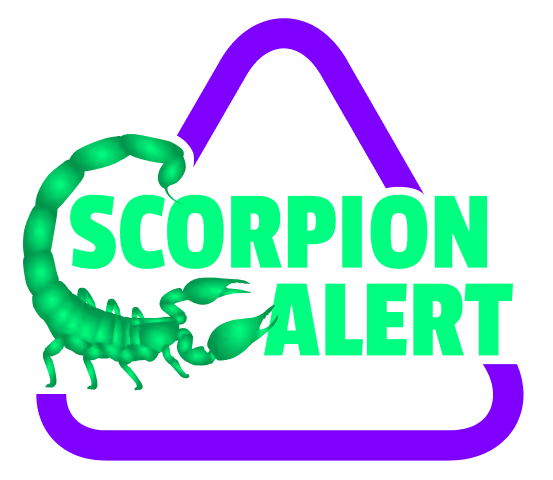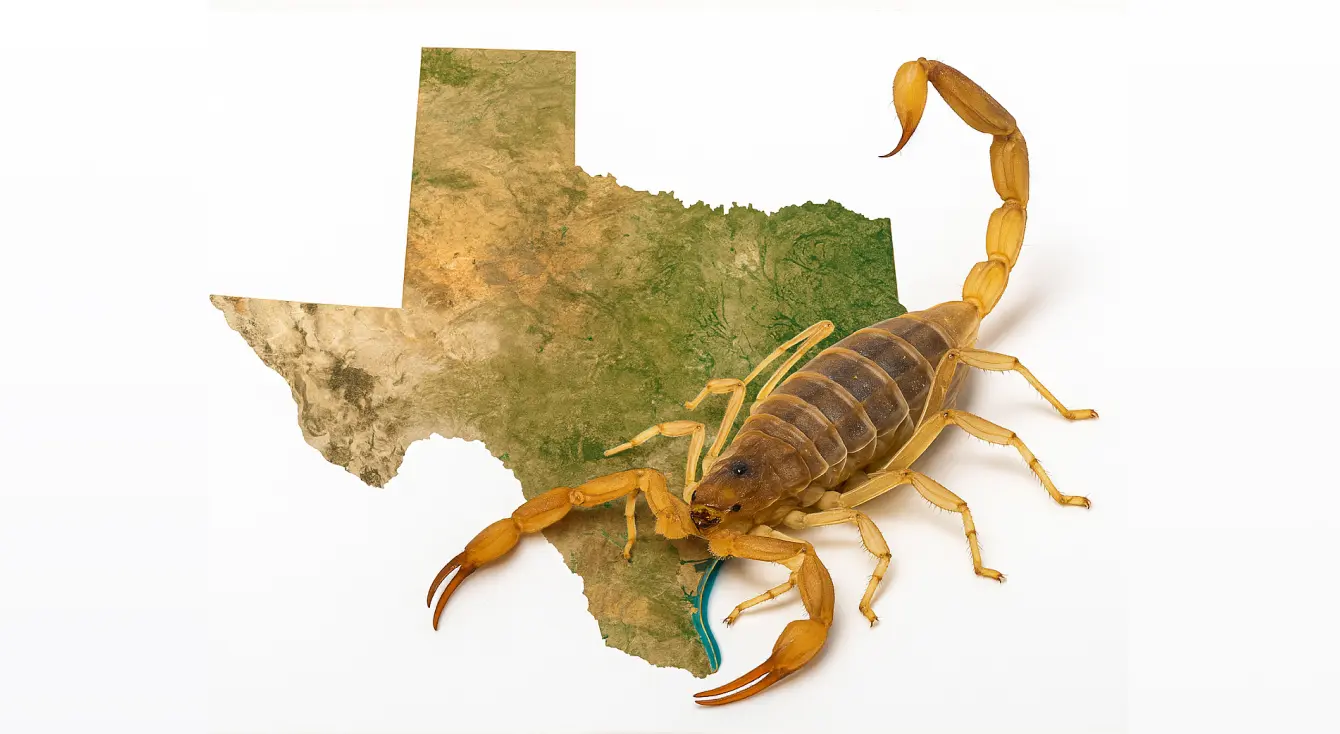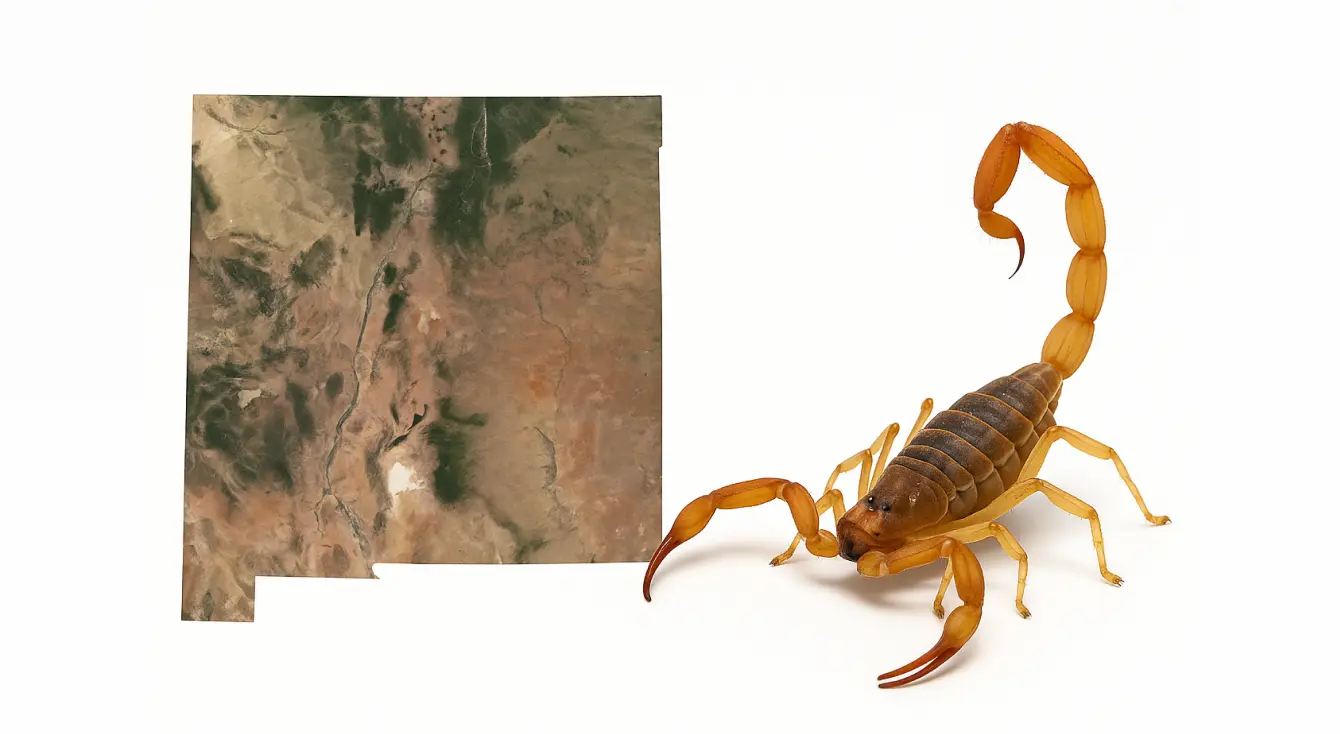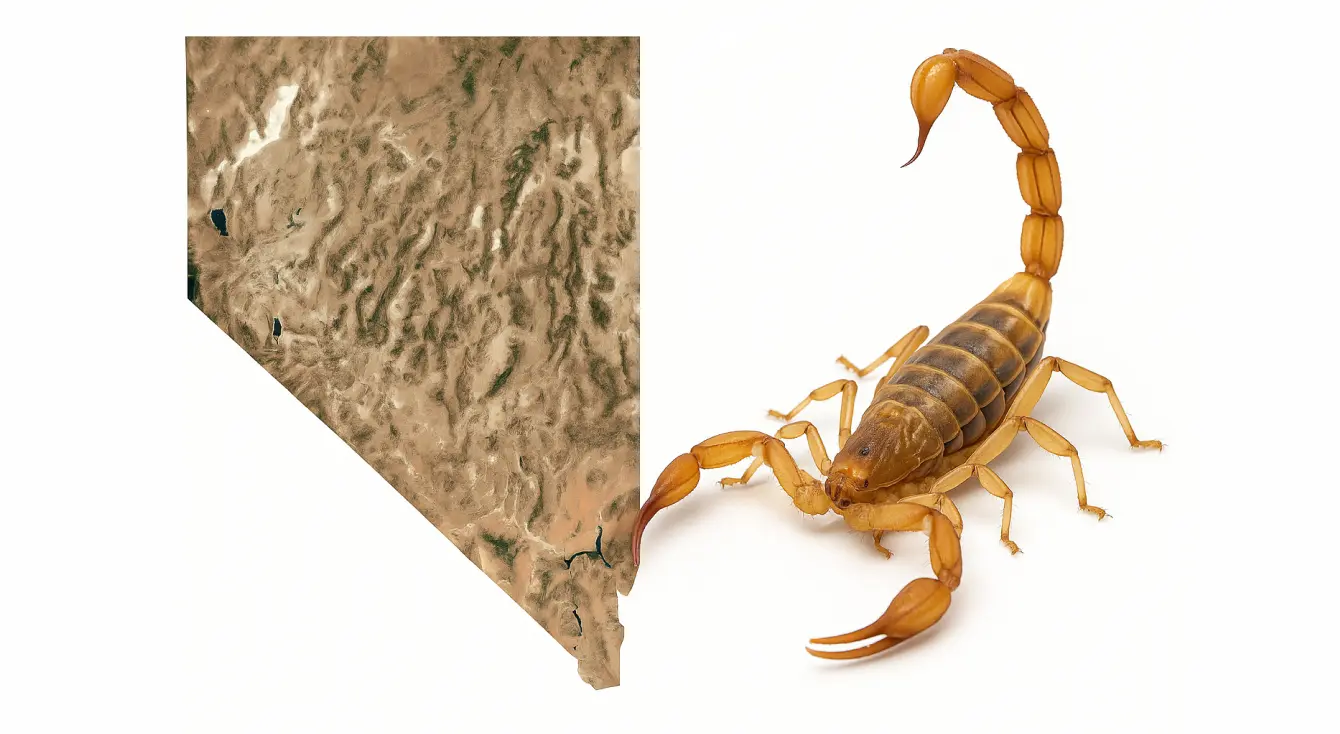California is home to a surprising variety of scorpions, especially in its southern and desert regions. While most species in the state are harmless, a few can still deliver a painful sting—and knowing what you’re dealing with can help you stay safer at home.
Here are the most common scorpions you might come across in California:
1. Arizona Bark Scorpion (Centruroides sculpturatus)
Though more commonly associated with Arizona, this scorpion has made its way into parts of southeastern California, particularly near the Colorado River and along the border with Arizona.
Key traits:
- Light tan with a slender body and tail
- Thin pincers
- Grows to about 2.5–3 inches
- Capable climber—found on walls, ceilings, and in shoes
Venom risk: High. This is the only species in North America considered medically significant, especially for children, the elderly, or those with allergies. Seek immediate medical help if stung.
2. Stripedtail Scorpion (Paravaejovis spinigerus)
Also known as the common desert scorpion, this species is widespread across California’s desert regions, including Joshua Tree, Palm Springs, and the Mojave.
Key traits:
- Brown with faint stripes across the back
- Heavier pincers
- Usually 2–2.5 inches long
Venom risk: Low. The sting is comparable to a bee sting for most people.
3. California Common Scorpion (Paruroctonus silvestrii)
Often found in Northern California foothills and some coastal valleys, this species prefers dry, rocky areas but may enter homes when temperatures drop.
Key traits:
- Tan to yellowish-brown
- Broad, powerful pincers
- Around 1.5–2 inches in length
Venom risk: Low. The sting is painful but not dangerous.
4. Giant Hairy Scorpion (Hadrurus arizonensis)
California’s largest scorpion, it’s mostly found in eastern desert regions like the Mojave and Imperial Valley.
Key traits:
- Yellow with a darker back
- Covered in dark hairs
- Can exceed 5 inches in length
Venom risk: Moderate. The sting is painful but not medically significant.
Where They Hide
Like their desert-dwelling cousins in Arizona and Texas, California scorpions seek out dark, cool places. Indoors, they tend to follow baseboards and hide under furniture or behind stored items. Outdoors, they may burrow under rocks, logs, or concrete slabs.
How To Protect Your Home
- Seal gaps around windows, doors, and utility lines
- Keep firewood and landscaping debris away from the house
- Use Scorpion Detectors near baseboards and high-risk areas
- Check shoes, towels, and bedding if you’re in scorpion territory
- Sweep with a UV flashlight before bed or when returning to an empty home
Most scorpions in California aren’t looking for trouble. But if you know what to look for—and where—they won’t catch you off guard.

.webp)




